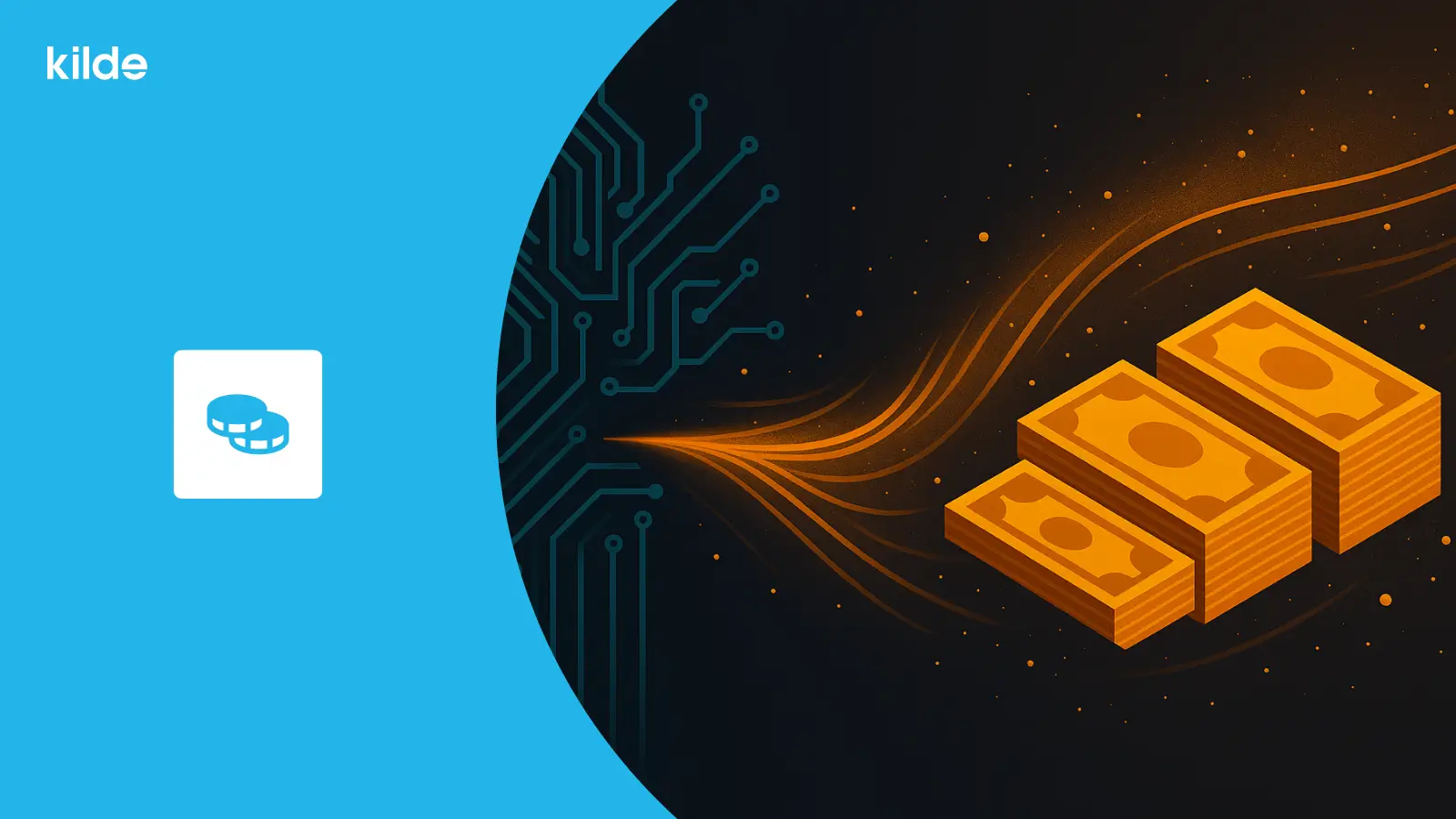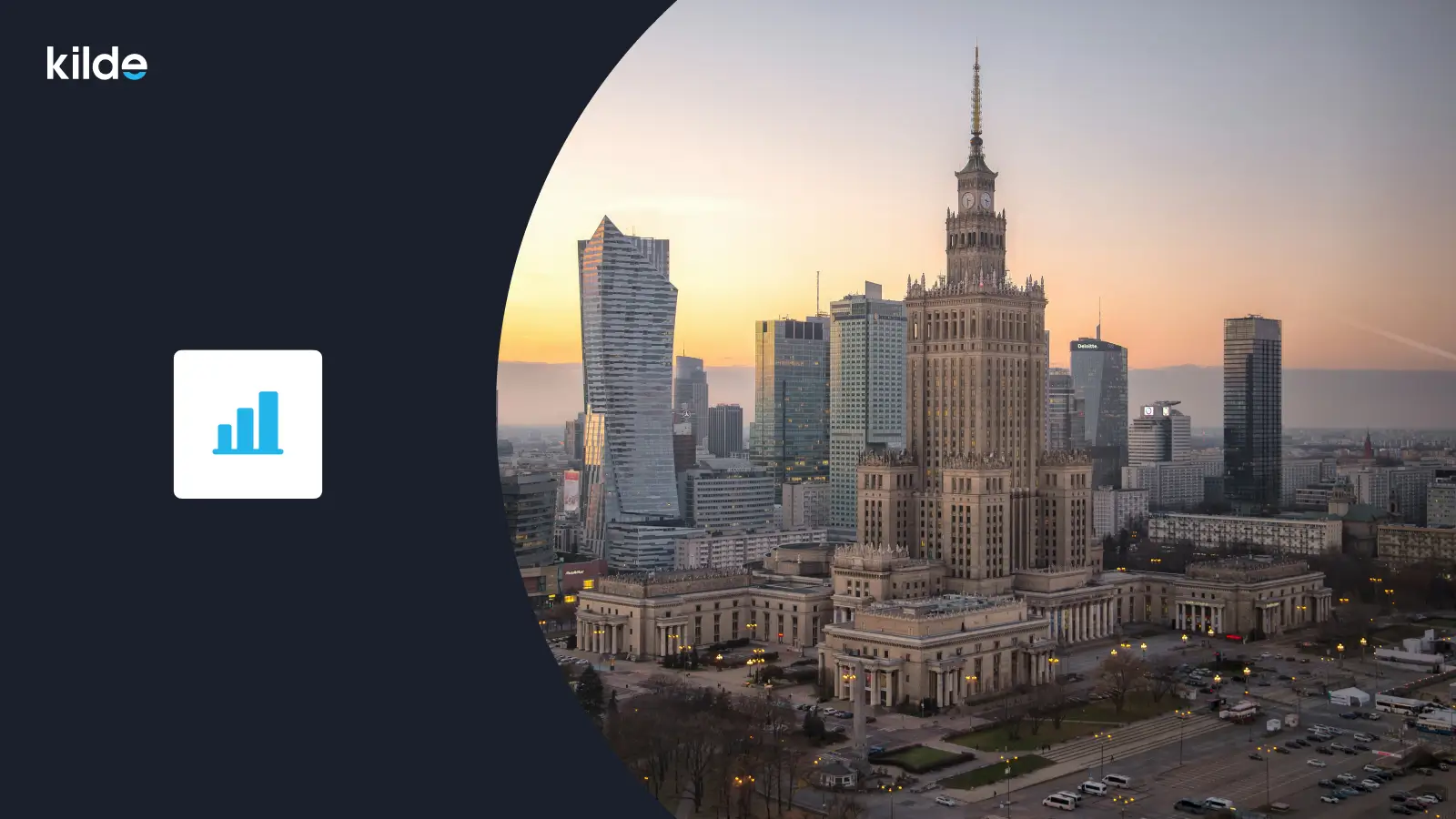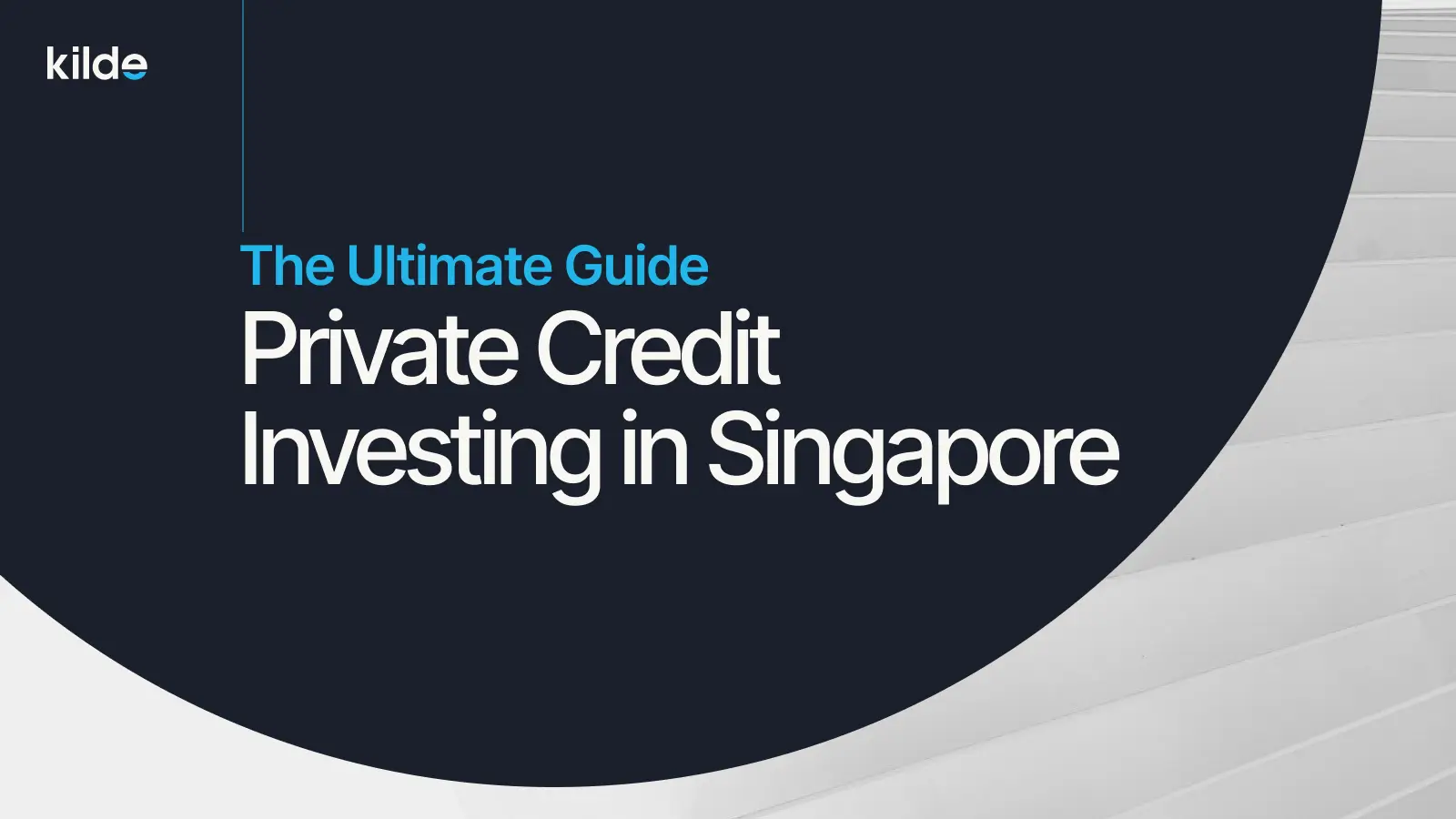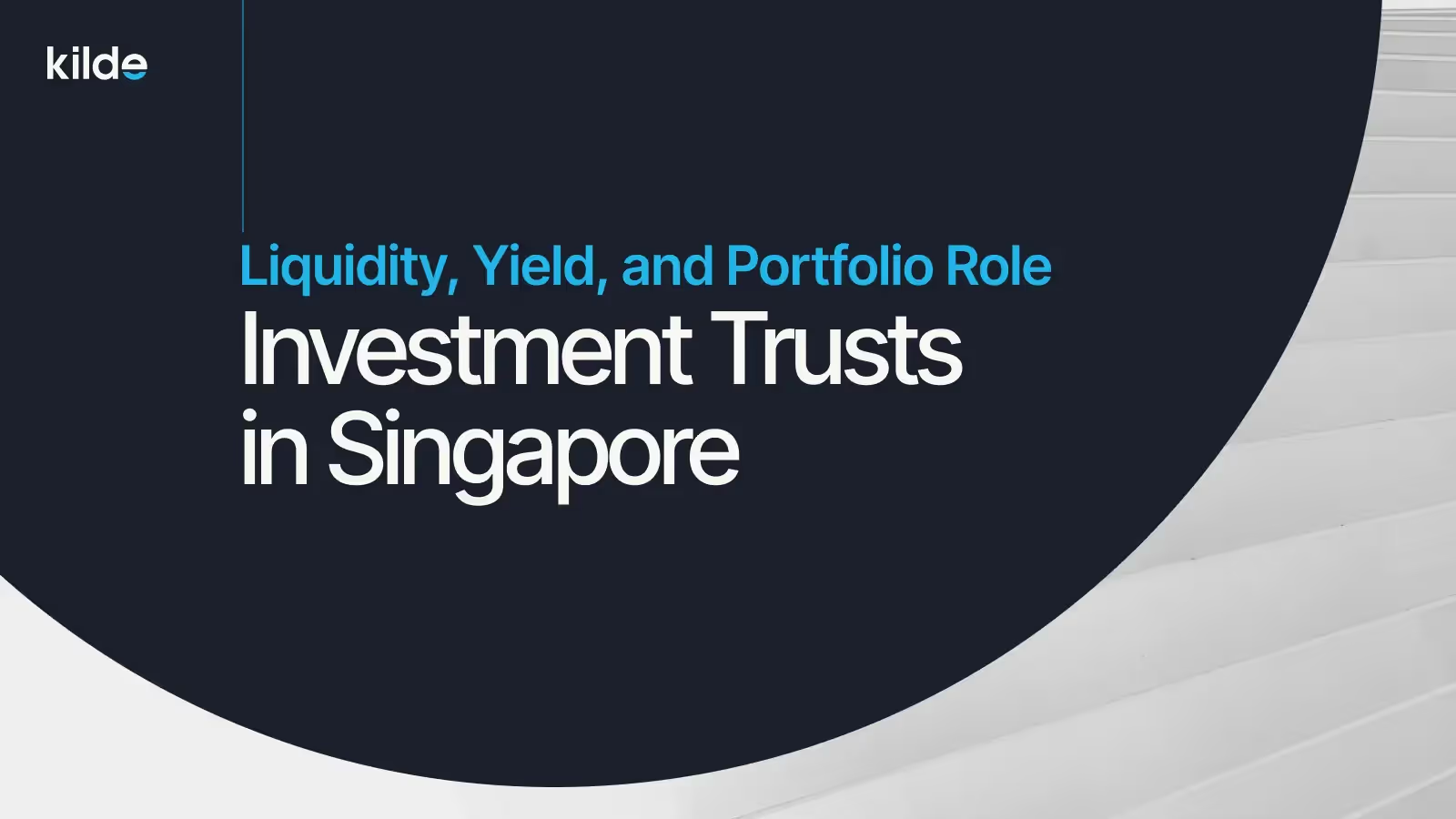Executive Summary
- Private debt, as an asset class, is growing rapidly. Volumes of private debt have increased significantly over the last 12 months and are poised to continue growing strongly in the coming years. Increasing cash flow needs resulting from the COVID-19 pandemic, accommodative monetary policies, and low-interest rates are the main contributors to the expected increase in volumes of private debt issued.
- Private debt is historically proven to generate attractive risk-adjusted returns. From 2014-2019, non-banking lending institutions (NBFIs) that work on closing the MSME and consumer lending gap, yielded an annual return of 10.6%. This is significantly higher than the global stock market at 4.8% and gold at 4.5%. Notably, while the US stock market yielded higher returns on an absolute basis (12.1%), the volatility associated with those returns was drastically higher potentially making private debt more attractive on a risk-adjusted basis.
- Most private debt opportunities are currently reserved for institutional investors. Mid-market debt transactions tend to be offered by larger more established companies that have a financial track record and collateral. Banks that distribute these deals tend to perform a higher standard of due diligence, however, these opportunities are reserved for institutional investors making it difficult for individual investors to receive an allocation.
- This is quickly changing as more platforms launch services aimed at addressing the MSME and consumer lending gap. Large funding gaps for MSMEs continue to yield significant opportunities in the underserved private debt markets, specifically across East Asia & the Pacific and Latin America & the Caribbean. As banks continue to ignore micro, small, and medium enterprises (MSMEs) in favor of larger listed companies, many of the most attractive investment opportunities today are found exclusively in the private debt markets.
- Information asymmetry and extensive credit risk exposure remain the key pain points for investors in P2P lending platforms. P2P lending platforms address the difficulty for individual investors to access debt opportunities. Minimum investment sizes for P2P lending platforms can be as low as $500 - allowing investors to easily diversify their portfolios. A key problem, however, is the information asymmetry between borrowers and lenders (investors) given that P2P platforms typically require only basic information which limits due diligence comprehensiveness.
- The new type of private debt platforms that fund non-bank lenders (NBFIs) has emerged and is gaining more momentum. Platforms that fund non-bank lenders offer investors the ability to gain immediate diversification from the underlying loan books of their lenders. Unlike individual mid-market transactions that make diversification hard due to high minimum investment sizes and P2P platforms that have simplistic due diligence from information asymmetry, platforms that fund NBFIs offer investors a “balance” of higher due diligence (lenders perform their own due diligence on underlying loans) while also enabling easy diversification across multiple lenders of different credit risk levels.
- As digital private debt platforms continue to attract more interest, investors must remain cautious in choosing the right party to invest in private debt. When choosing which platform to invest with, investors should check if the platform is properly licensed and regulated. Regular reporting and disclosures regarding any potential conflicts of interest and the performance of its loan products (yield, delinquency, default rates) are also key for transparency. Lastly, investors should look for any protections provided by the platform such as insurance on certain loan types, enforcement of loans at court, and arranging the repossession of collateral in the event of a non-performance of a loan.
Private Debt, as an Asset Class, Represents Attractive Risk-Adjusted Returns
Global debt surged to US$281 trillion in 2020
According to the International Institute of Finance (“IIF”), global debt reached US$281 trillion in Q4 2020, up 9% year-on-year from US$257.4 trillion in 4Q 2019. The surge in global debt was driven across the board as both businesses and households increasingly took on more borrowings to meet cashflow needs during the COVID-19 pandemic.
Going forward, IIF expects the trend to continue as accommodative monetary policies and low-interest rates continue to incentivize corporations to issue more debt for business needs. By 2025, the institute estimates that global debt is set to reach US$325 trillion.

Private debt remains a relatively underserved market with large finance gaps across countries
While a significant portion of the growth in global debt was driven by corporates, the businesses that issued debt were primarily larger listed companies with ease of access to capital markets. Publicly listed companies have ample access to liquidity given the ease of issuing bonds that are graded by credit rating agencies and then subsequently distributed to institutional funds and private investors via banks.
Unlike public companies, however, most private companies do not have easy access to debt financing. Micro, small, and medium enterprises (“MSMEs”), in particular, struggle to access liquidity and even working capital financing due to the lack of an extensive financial track record or limited collateral available.
As seen in the chart below, the World Bank estimates that the financing gap for micro, small, and medium enterprises at US$5.2 trillion. This indicates that many cashflow-generative businesses with strong balance sheets are being left out and are also unable to access sufficient funding. In particular, East Asia & the Pacific and Latin America & the Caribbean have the highest financing gap at US$2.4 trillion and US$1.2 trillion respectively.

Beyond the MSME lending gap, many consumers also struggle to access formal financing. This is caused by a lack of awareness of debt facilities available from banks (lack of financial inclusion especially in rural areas) or lack of sufficient credit history and stable employment income. As seen in the charts below, a large portion of the world’s population remains unbanked with many countries outside of North America and Western Europe struggling to access loans for personal needs (e.g. mortgages, education loans, car loans, personal credit, etc.).


Because of this MSME and consumer financing gap, private debt, as an asset class, represents attractive risk-adjusted returns
Due to this disconnect between 1.) the ample access to debt financing by public companies and the liquidity-strapped situation of private companies and 2.) lack of access to loan facilities for individual consumers, many attractive investment opportunities appear exclusively within the private debt markets.
Compared to the public bonds that tend to yield ~4-5% per annum, private debt opportunities often yield double-digit returns north of 10% given that many private companies and consumers are often willing to pay a higher interest rate to secure access to financing.
As seen in the chart below, specifically private debt to non-banking lending institutions (NBFIs) that work on closing the MSME and consumer lending gap, yielded 10.6% per annum from 2014 to 2019 compared to 4.8% for global equities and 4.5% for gold over the same period. We note that while the US stock market yielded a higher annual return of 12.1% vs. 10.6% for private debt over the period, the volatility associated with those returns was significantly higher - potentially making private debt a more attractive asset class on a risk-adjusted basis.

Type of Private Debt
Broadly speaking, there are three main categories of opportunities within the private debt market that investors can access. We list them down below:
Mid Market Debt Transactions - benefits from higher due diligence by banks but large minimum investment sizes restrict these deals to institutional investors
Private mid-market transactions are primarily issued by more sizable companies that are larger than SMEs but smaller than multinational corporations. Due to their size, midmarket companies are likely to have a more substantial financial track record and collateral available. This allows them to access liquidity relatively faster and more easily than SMEs either via bank loans or by issuing debt.
One issue with mid-market debt transactions, however, is that they are typically reserved only for institutional investors with large minimum investment sizes of ~$200,000. This makes it difficult for individual investors to access these opportunities given that most deals tend to be allocated for funds or high net worth individuals (“HNWI”) with existing bank relationships. Diversification across multiple debt instruments is also more challenging given the high minimum investment sizes.
Sample Mid-Market Debt Transaction: Grab
An example of a recent private mid-market debt transaction would be Grab’s US$2 billion senior secured term loan. The facility received commitments from multiple institutional investors and represents the largest term loan B facility in the Asian technology sector. Grab received credit ratings of B3 and B- with stable outlooks from Moody’s Investors Services and S&P Global Ratings respectively.
J.P. Morgan served as the lead bookrunner while other banks such as Barclays, Deutsche Bank, HSBC, and Standard Chartered acted as joint bookrunners.

Peer-to-Peer Lending Platforms - easy to access and diversify due to low minimum investment sizes but pain points include large information asymmetry and lack of due diligence
Beyond private mid-market loans, several peer-to-peer (“P2P”) platforms have also cropped up over the last decade to crowdfund SME loans.
By leveraging P2P platforms, SMEs can set how much they plan to raise and the terms of the loan (e.g. tenor, interest rate, frequency of coupon payments, etc.). Compared to private loans that require large minimum sizes to invest, P2P platforms enable retail investors to commit as little as $100 per tranche.
The disadvantage of P2P platforms, however, is the information asymmetry between the companies (issuers of debt) and retail investors (buyers of debt). Most P2P platforms only require basic data from the borrowers meaning that investors have limited information to assess risk or perform their own due diligence.
This means that retail investors who purchase loans are exposed to the full credit risk of owning the asset with a limited understanding of the risks involved. Proper diversification across multiple loans is thus critical for investors who choose to invest via P2P platforms.
Sample P2P Lending Platform: Validus
An example of a popular P2P SME lending platform in Southeast Asia is Validus. Since its founding in 2015, the company has successfully raised over US$500 million for SMEs on its platform across a variety of facilities such as invoice financing, purchase order financing, and working capital loans.
Investors on Validus can invest a minimum of S$1,000 per facility with loan tenors ranging from 30-120 days for invoice and purchase order financing, and 3-12 months for working capital financing. Given that the due diligence performed on the loans is relatively basic, the onus of diversification lies with the investors based on their preferences for the types of loans and their risk profiles.

Funding Non-Banking Lenders (NBFIs) - offering a balance of higher due diligence vs. P2P platforms while also providing easier diversification compared to individual mid-market transactions
The last category that investors can access are platforms that fund non-banking lenders. In this asset class, investors choose to invest in lending institutions that manage their own underlying loan books. Conceptually, this is similar to how investors can choose to invest in a variety of loans in the P2P platforms.
In contrast to private mid-market loans that have higher minimum investment sizes and P2P platforms that offer limited information to investors, bonds issued by non-banking lenders allow investors to invest relatively smaller sums in non-banking lenders that perform their own risk assessments on the end-borrowers and still bear the full credit exposure to the end-borrowers.
Besides, the investment platforms that offer this asset class, perform their own due diligence and credit monitoring of the non-banking lender for the benefit of investors. This provides investors with an additional layer of protection as more due diligence is performed to ensure that the risks of the underlying loan books are appropriately managed. By investing in multiple lenders across different credit ratings, investors can also better diversify their holdings.
Sample NBFI Lending Platform: Kilde
An example of a platform that funds non-banking lenders is Kilde, which offers access to lenders across 15+ countries and 20+ borrowers.
In contrast to most P2P players that directly expose investors to the underlying SME loans, Kilde instead guides accredited and institutional investors to fund lenders that manage their own loan books. This is an important distinction because it means investors do not bear the credit risk of individual loans as the borrower is required to repay both principal and interest to investors, regardless of the performance of the underlying loans.
Moreover, given that Kilde is a marketplace, it is convenient for investors to fund multiple lenders across different credit ratings to effectively diversify their portfolios. The platform actively monitors lenders through a continuous credit assessment and ensures compliance with covenants.

Types of Private Debt Opportunities
Some of the most common types of loans in the private debt market include:

How to Compare Private Debt Platforms

As seen in the graphic above, there are multiple institutions and platforms involved in the private debt market. We have placed them into a matrix to better illustrate the industry landscape. On the x-axis is the scale of due diligence performed by the institution or platform, while on the y-axis is the scale of risk-adjusted returns.
Companies like Funding Societies fall under the upper left-hand corner given simpler due diligence on deals but relatively high risk-adjusted returns due to a large number of SMEs that are willing to offer higher interest rates to access liquidity. On the upper right-hand corner are companies like Kilde, Helicap, and LendEast that perform more due diligence on the underlying loans while also offering higher risk-adjusted returns.
Companies on the bottom right quadrant such as banks like Goldman Sachs and J.P. Morgan tend to offer lower risk-adjusted return opportunities given that loans distributed by banks are typically issued by companies with more ease of access to funding and liquidity already.
We provide more detailed information on each of the major players in the tables below:



Factors to Consider When Choosing a Platform
1. License and Regulations
All else equal, investors are safer when choosing to invest with regulated platforms that hold licenses. This is because sufficient due diligence has been performed by the regulatory authorities to ensure that the platform complies with investor protection laws and regularly discloses information to the relevant authorities.
In Singapore, for example, investors can check the financial institutional directory of the Monetary Authority of Singapore to verify whether an investment platform has received the relevant licenses to operate.
2. Proper Disclosures
Proper disclosure regarding interests on any of the assets offered on platforms is another key factor to consider. Disclosures allow investors to assess the risks of potential conflicts of interest for deals being funded.
3. Aligned Incentives
Another factor to consider is the alignment of incentives between the platform and its investors. Platforms that take active positions (balance sheet risk) on specific deals are often more aligned with investors given that the platforms also stand to lose money along with their investors if the borrower defaults on their loan.
By aligning incentives (“having skin in the game”), platforms are encouraged to maintain due diligence standards before accepting borrowers onto the platform.
4. Historical Performance
Platforms that publish the historical performance of underlying loans provide investors more transparency and understanding of the risks associated with deals. Some common performance disclosures include historical yields based on credit risk, default rates segmented by risk levels, % of payments delayed, etc.
5. Investor Protection
Another major consideration for investors is the protections provided by the platform in the event of a non-performance of the underlying loan. For example, some platforms such as Kilde support investors in enforcing the loan at courts and arrange repossession of the collateral in case of non-performance of the NBFI. Some P2P lending platforms also provide limited insurance on certain facilities such as invoice financing that can cover up to 90% of the value of the loan.






.avif)








